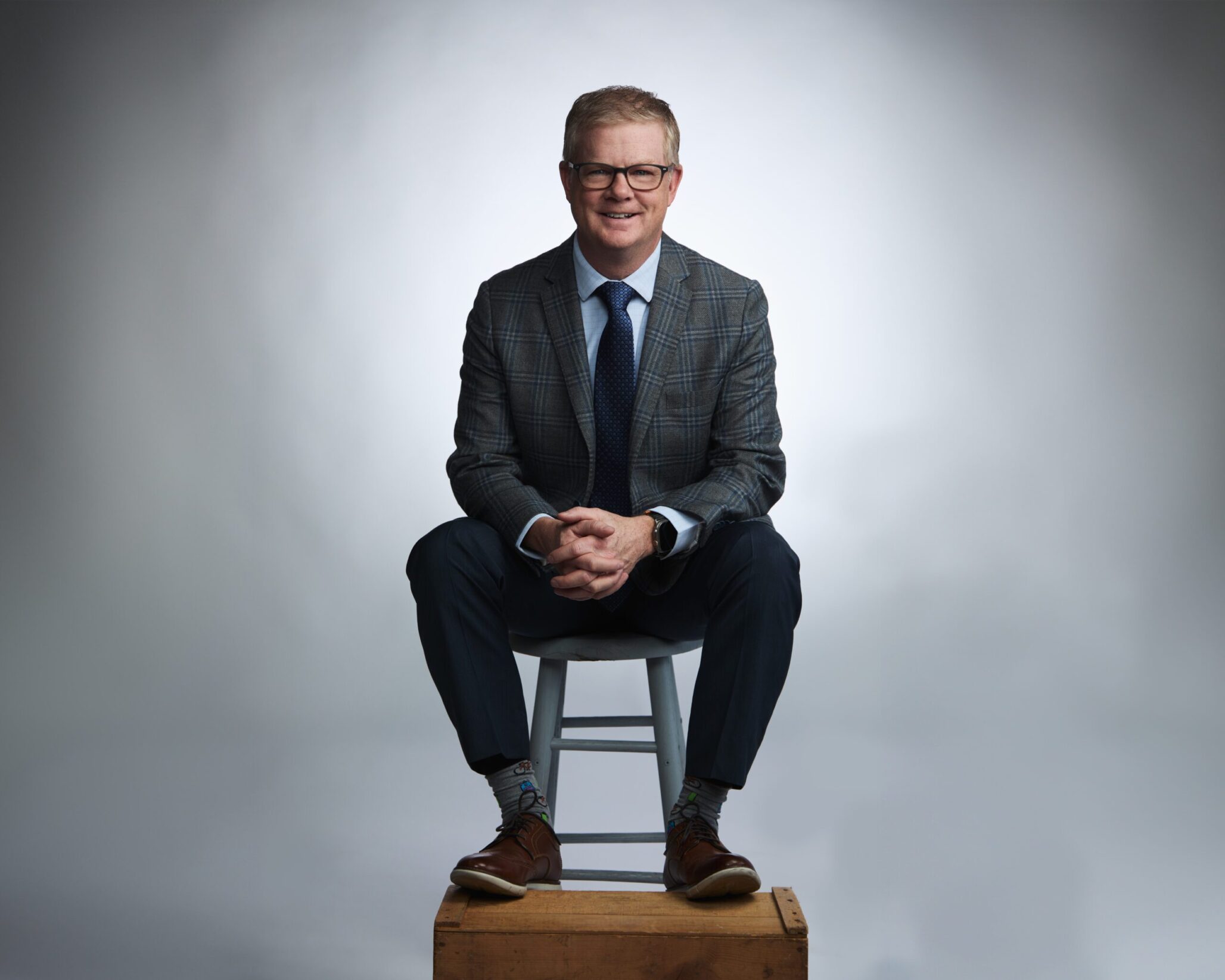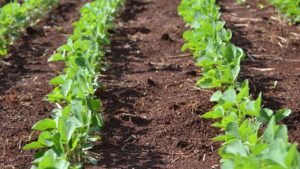What does it take, not just to brainstorm a single great idea, but to execute on innovation effectively, efficiently and consistently? At ASTA’s Field Crop Seed Convention in Orlando, Seed World U.S. hosted a panel discussion with three senior seed industry thought leaders who together dug into what makes and breaks innovation.
Whether it’s feeding the world, tackling climate change or sustainably managing land, the seed industry is on the frontline of some of the world’s biggest challenges. With challenge comes incredible opportunity for the seed industry to meet changing needs through innovation. What strategies and tools do some of the best seed industry innovators today use to help meaningfully move the needle forward on innovation?
The panel discussion featured Colin Steen, Legacy AgriPartners CEO; Myron Stine, Stine Seed Company president; and Ponsi Trivisvavet, Inari CEO & director.
A common theme of all three panelists was embracing innovation and not being afraid to take risks.
Stine Seed Company started pioneering the way for short statured corn more than 20 years ago. Stine said it took about nine years to begin marketing the product.
“A number of the competitors were still working with the taller material and they really didn’t see the future of short-statured corn,” Stine said. “When you step back and you look at the big picture, it’s very rewarding. It teaches you to take more risks and to understand that’s what you have to do to move ahead.”
Trisvisvavet said Inari consistently uses the two words “what if” to direct everything they do. She said it’s a way to get the team thinking about innovation. Beginning with a high-level question, she said, is the starting point of innovation.
“One of the big what-ifs we have had is: what if we could use the technologies the pharmaceutical industry has been using, in this case CRISPR, to change genetics of plants?” she says. “That was the birth of Inari. But plants are much more complex than the human genome.”
She explained wheat’s genome is actually six times more complex than the human genome.
“So how do we actually think about things differently?” she continued. “It becomes multiplex gene editing. We don’t believe that just one single gene is going to change the performance of the plant. It has to be working on multiple genes at the same time.”
Steen said farmers are Legacy Agripartner’s “true North.” He says his company takes their focus all the way back to the farm before they begin the innovation process.
He explained that for Legacy Agripartners, innovation comes at a little slower pace than a company like Inari.
“We focus on farmer profitability,” he said. “We focus on solutions that make them more money per acre. It really starts at the farm, listening to what the farmers’ needs are,” he said. “For us, that is where innovation starts…getting to the farm gate and listening. We’re all in the same boat, whether small or large companies; we’re trying to help our farmers be more successful and continue agriculture for generations to come.”
While Steen’s starting place is farmers’ needs, he cautioned that sometimes one must be careful rely too much on asking customers what they need.
“Like the Henry Ford saying, ‘if I would’ve asked folks what they needed in the 1800s, they would have said they needed faster horses.’ They didn’t know they needed a car, diesel engines and all these things,” he said. “We have to listen carefully to (customers’) frustrations. If we can bring profitable solutions that help them make more money, that’ll be good.”
Steen said partnership with other companies is also part of the equation.
“We tend to focus our innovation in different ways,” he explained. “We certainly look to partner with folks like Myron and Ponsi to help bring their innovations to our customers. Companies like us in the Independent Professional Seed Association rely on the innovations from companies like Inari and Stine Seed Company, by Bayer, Syngenta and on down the line.”
Stine agreed that partnership is increasingly important, and said his company works with many competitors.
“I think that’s very healthy,” he said. “I love competition. For all the companies to be able to find a way to work together to bring more innovation, quicker, is really the name of the game.”
Trivisvavet emphasized that Inari is not a seed company, but their customers are seed companies.
“We don’t go directly to farmers,” she said. “We take collaboration seriously. People like Colin and Myron know the farmers better. Unless we work together, we’re not going to get to the goal that we all are trying to achieve together.”
Stine wrapped the discussion by encouraging the audience to work to develop a culture that embraces innovation, learns from failure and understands how to collaborate.
“Be flexible; be highly flexible,” Stine said. “Be willing to make adjustments for the ag environment. Take risks. Do not be afraid of new technologies.”
Trisvisvavet agreed and added “embrace the failures; celebrate them and talk about them in terms of learning…that is the piece that drives innovation the most.”
She said Inari has a wall of success but also a wall of failures, and each is equally important to innovation and company success.
“One thing we tell people when we recruit is, when you join Inari, one thing we can guarantee is you’re going to… see a lot of failures,” she said. The Inari team then asks potential employees if they ‘can handle’ failure.
“You won’t get success unless you see failures and by the way, we don’t call it failure; we call it learning,” she said.
Trivisvavet’s big take away message for listeners was that “Innovation cannot happen without collaboration. We won’t give up integrity and diversity in how we work together,” she said.
Steen summarized it this way:
“It doesn’t matter whether you’re a growth company, startup, R&D engine or soybean powerhouse. At the end of the day, we’re all trying to help our farmers be more successful and help agriculture live on for many generations to come,” he said.
The panel was the first of a three-part Seed World Innovates Series of panel discussions












